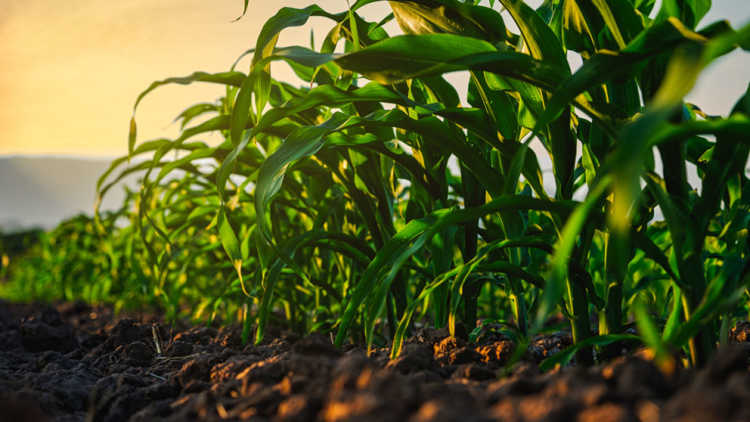How to put benchmarking to work on the farm

Creating a benchmark for your farm operation tracks progress, creates a history, and can help you adjust practices to ensure maximum efficiency.
Benchmarking is the collection of farm data details. These details cover the entire farm and can include, for example, seed performance, planting details like depth and spacing, crop nutrient inputs, animal breed performance and irrigation details.
Here are four key elements of benchmarking:
1. Think local
Just because something can be measured doesn’t mean it should be.
Don Simpson, CPA, CA and partner with BDO Canada in Brandon, Man., says it’s critical to remember what is represented by the benchmark you’re using.
Some provinces gather all data into one report, so a farm 1,000 kilometres away with a different climatic zone, heat days and moisture content will be benchmarked directly against your operation. Data can even be grouped by regions or the entire country.
Does that benchmark information make sense for your farm? Only you will know the answer based on what you want to measure.
But the more of a geographical area covered by benchmarking, the less useful the data tends to be. For example, tracking rainfall across the entire Prairies doesn’t provide much useful data for a farmer in Saskatchewan who may be considering installing irrigation lines in a corner of one of the fields.
“It’s critical we evaluate data representative of the environment in which we are actually operating,” Simpson says.
2. Different sectors, different benchmarks
With livestock, benchmarking can compare animal performance within the herd or flock and often digs deeper into the performance of an individual animal or groups of animals.
With crops, field performance can be benchmarked, but it’s important to understand a standard mixture of crops and the overall rotational plan due to the nutrient residue left by the preceding crop.
Simpson notes that different factors year-to-year can also affect benchmarking averages.
For example, if spring rain prevents fertilizer application, farmers do it in the fall instead. This could mean that year-to-year crop yields may show different results.
Simpson says there is a story behind every data set, and farmers must know those details to record results successfully.
3. Use the benchmarking tools
Taking an in-depth look at farm data can help with plans to expand, diversify or become more efficient.
Benchmarking is a way to improve your overall understanding and knowledge of your farm, giving you information on how to succeed within your current scenario.
Companies are increasingly developing sophisticated benchmarking software that allows you to enter actual forecasting of cash flows and cycles so you can know when to apply chemical and fertilizer and quantify the inputs better by crop. By modelling cash flow projections from older data sets, you can begin to better model expectations for the future.
After benchmarking for a few years, don’t forget to use your collected information. Taking an in-depth look at farm data going back three to five years can help you with plans to expand, diversify or become more efficient.
4. Don’t worry about others
Benchmarking is often used to grow farms since data collection combines to create a winning formula for crop and livestock production. Often, farmers feel that if they aren’t growing, they aren’t profitable. That’s not true. Using tools like benchmarking data, being extremely efficient with what you have can be better than an inefficient operation with two or three times the herd size or land base.
Online benchmarking tools
These online benchmarking tools can help get you started in data tracking:

Learn how venture capital funding can open the door for ag innovation and food tech opportunities.
